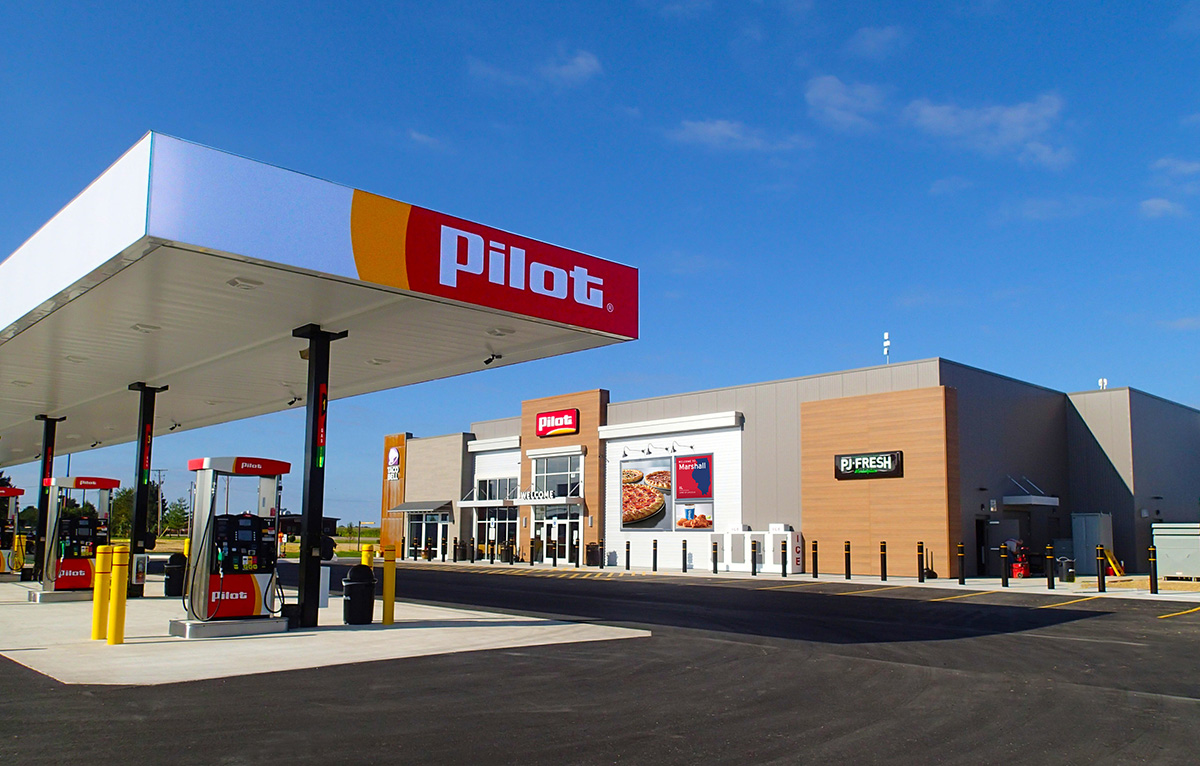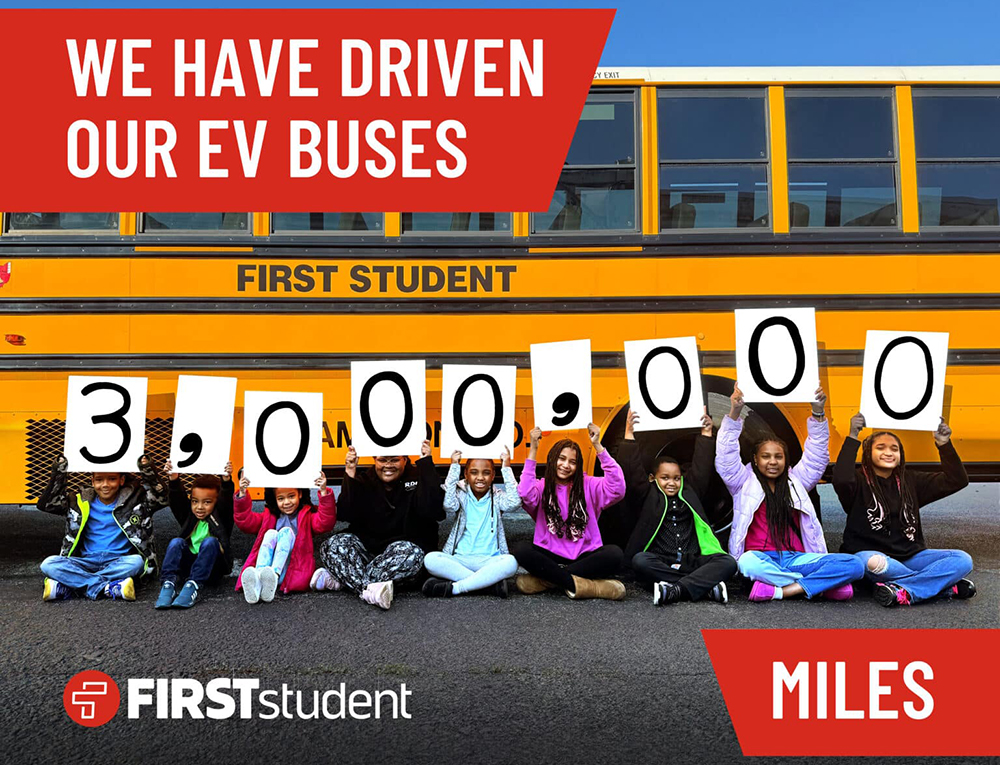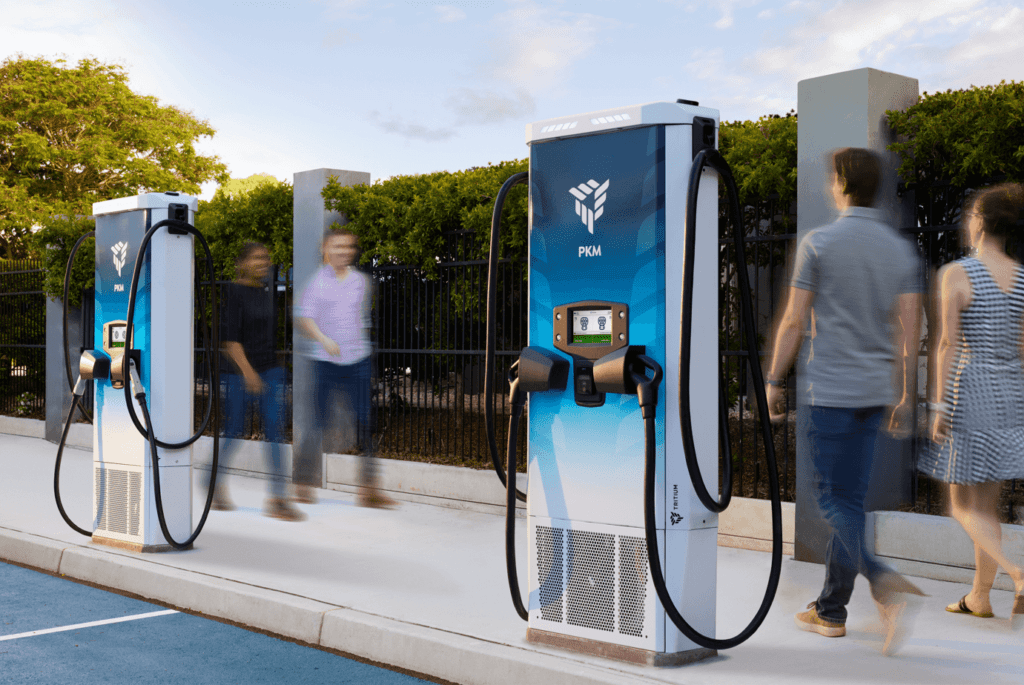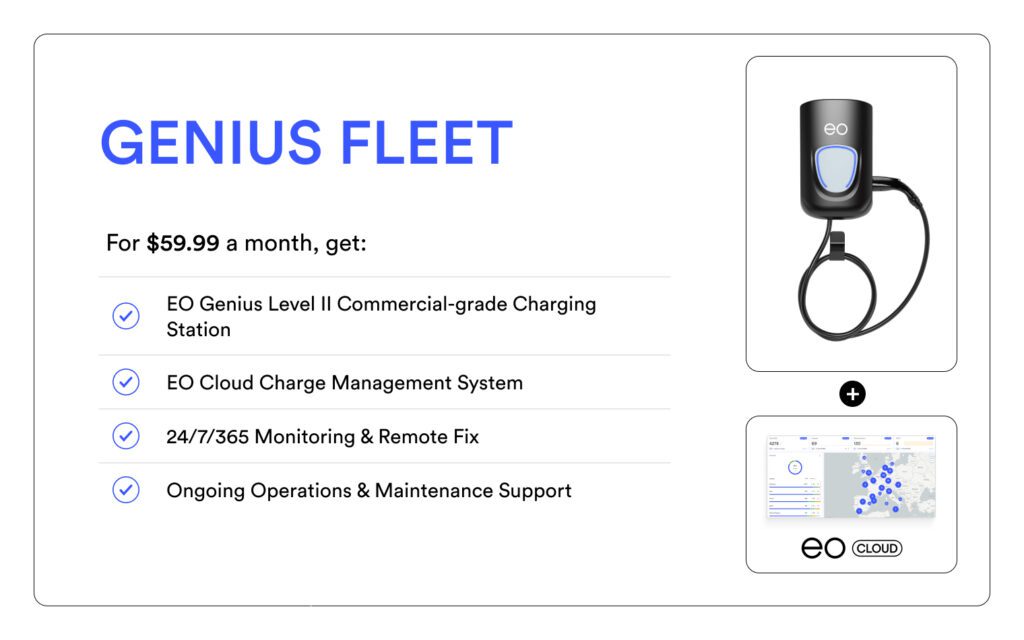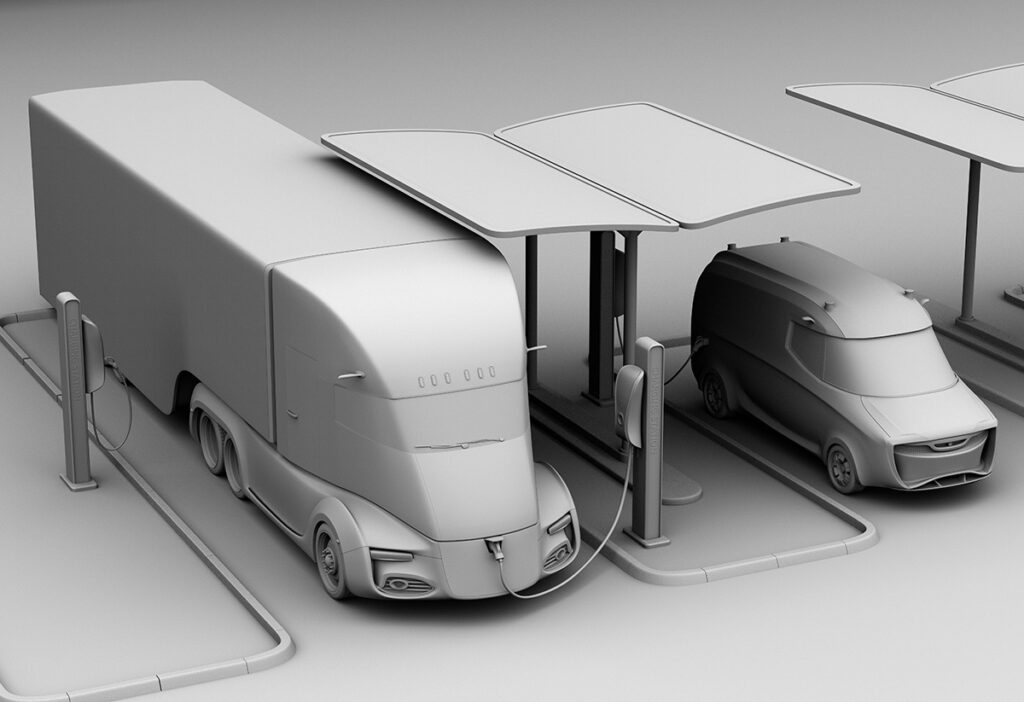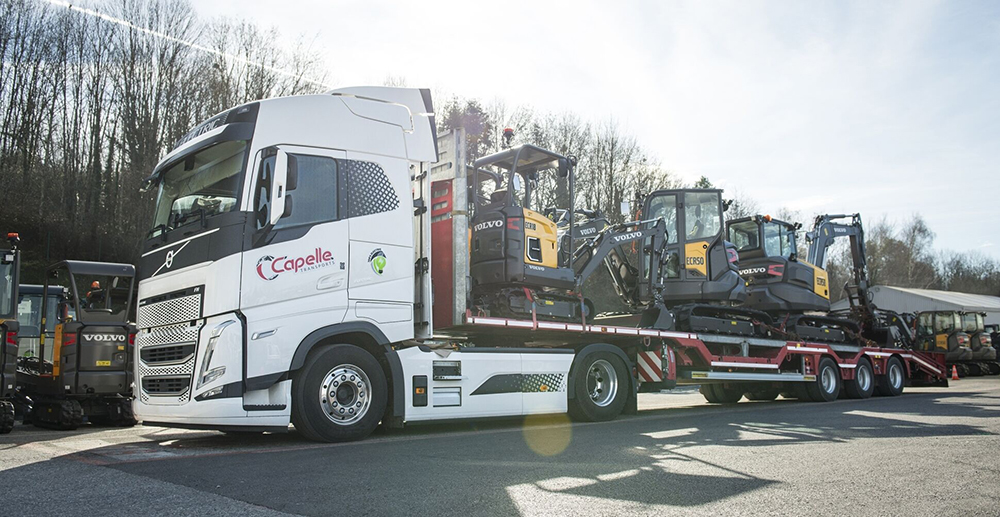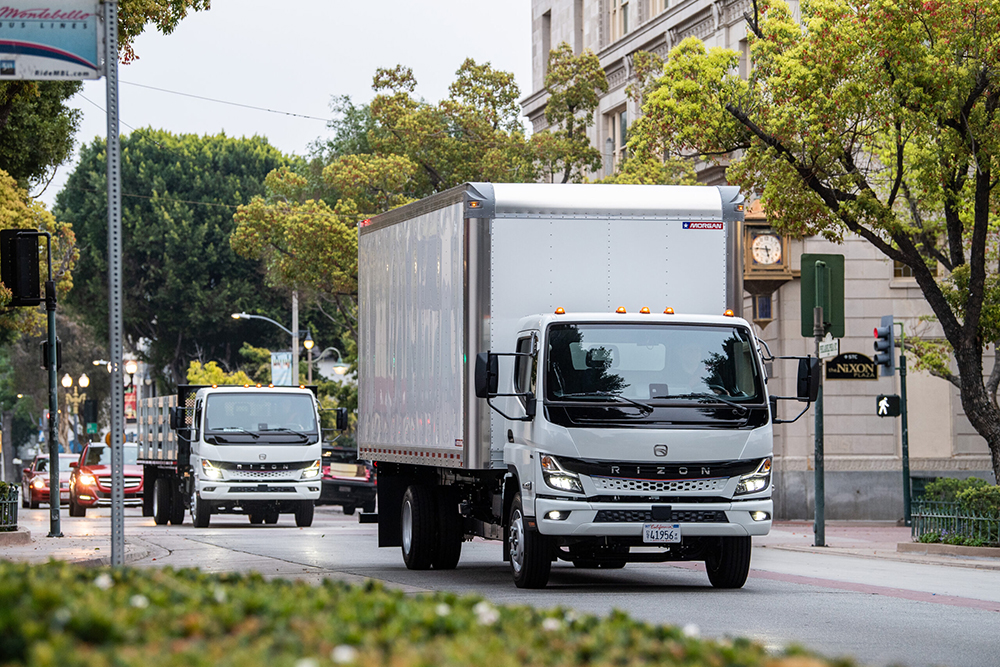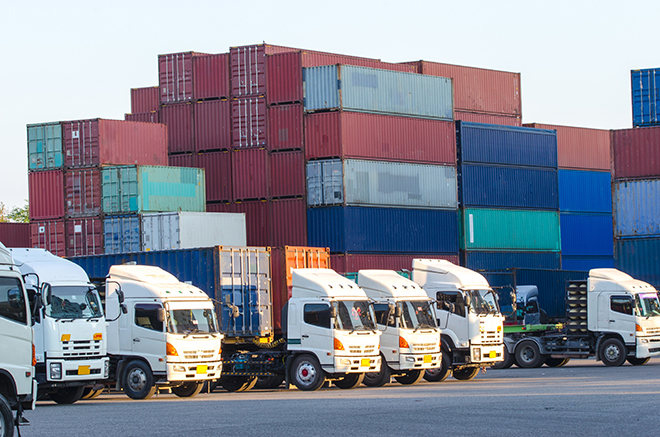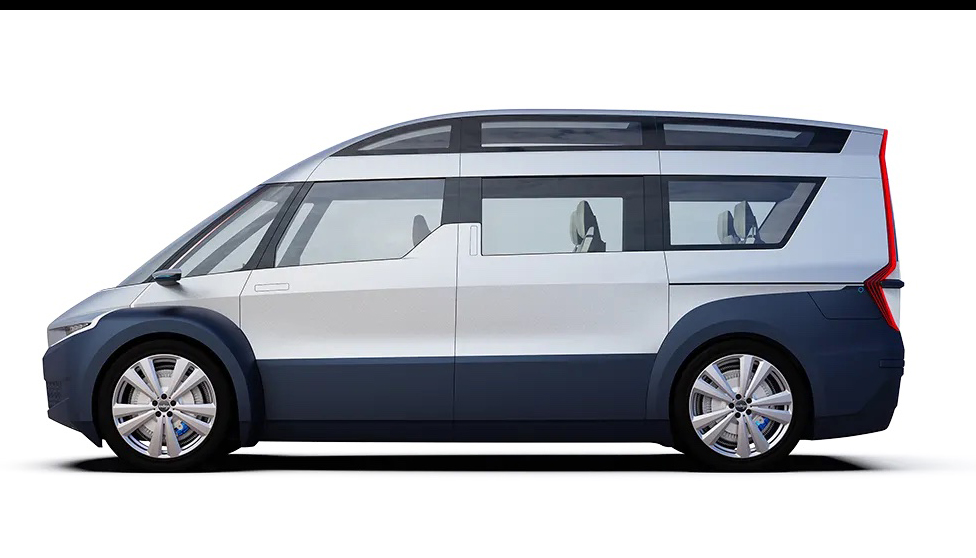There’s no question that the convenience store/gas station industry sees public EV charging as a major new business opportunity—a 2022 survey by Boston Consulting Group found that 95% of US fuel retailers said they’re currently offering or planning to offer EV charging stations (as reported by Utility Dive).
However, there is debate over how large the market is going to be, once EVs become the norm. Some industry observers believe that most drivers will be charging at home or at work, and that only sites near highways are likely to see substantial traffic. And charging speeds will continue to increase until charging up is just as quick as gassing up. Business owners who believe they’ll have a captive audience of drivers “sitting around waiting” for their EVs to charge may be in for a short, sharp shock.
Be all that as it may, if you’re going to offer public charging, you need to do it right—the many problems with existing public charging sites include poor siting, lack of amenities and shockingly poor reliability.
Pilot, which operates a vast network of convenience stores and truck stops across the US under the Pilot and Flying J brands, seems to have a sound strategy. In July, the company announced plans to deploy 2,000 fast charging stations across 500 of its travel centers. It’s collaborating with GM and charging network operator EVgo, which has worked with other convenience store chains, including Sheetz and Wawa.
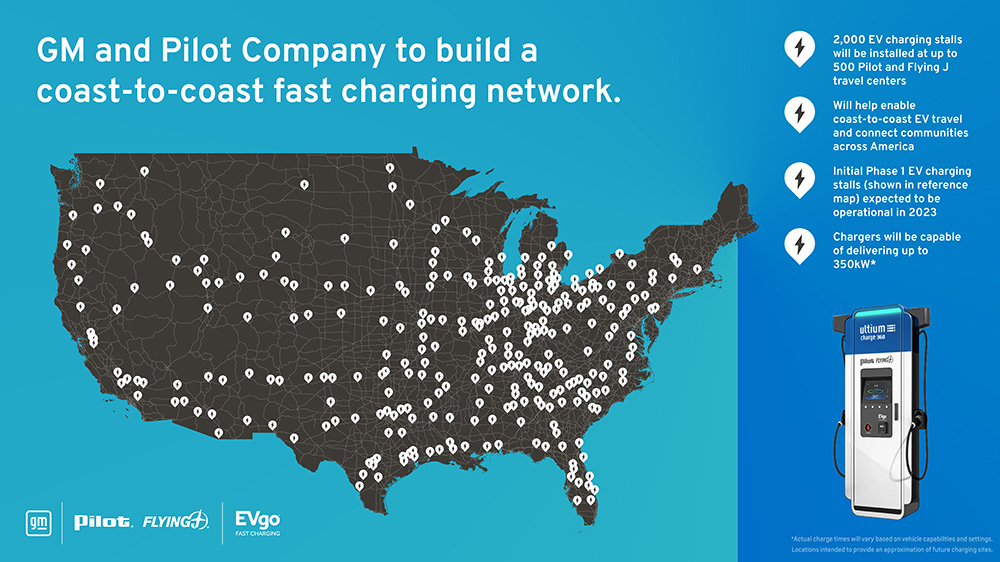

“There’s so much we don’t know, there’s still a lot to be learned,” John Tully, Pilot’s VP of Strategy and Business Development, told Utility Dive. “The EV driver community is growing, and those are current and future customers of ours. We wanted to be part of that solution.”
Most of Pilot’s stores are in ideal locations, near interstate highways, and most are open 24/7, with staff on site. The new charging stations will feature canopies to protect customers from the weather, and a pull-through design, which facilitates charging for electric pickup trucks and SUVs pulling trailers. They will offer power levels up to 350 kW, and will support the new Plug & Charge standard, which starts charging automatically, with no need to fiddle with apps or RFID cards.
Tully acknowledged that drivers can charge their EVs at home, and believes that convenience stores need to be proactive to attract EV drivers. “It’s all about convenience, but given the ability for home owners to charge, it’ll be interesting how that develops,” he said. “That could mean selling more things inside the store that apply to the EV charging process.”
Source: Utility Dive



